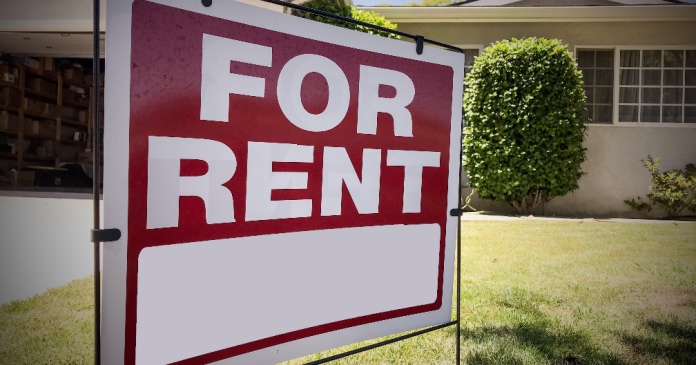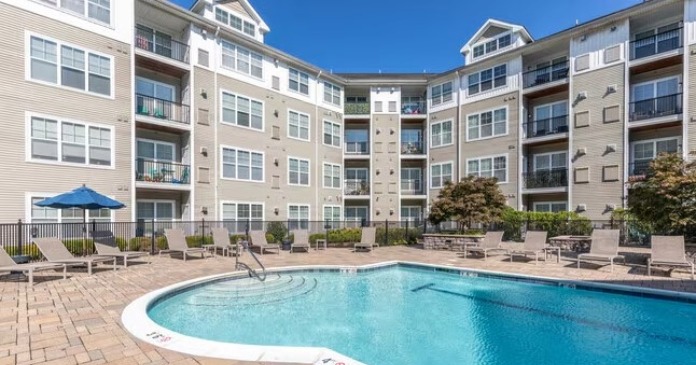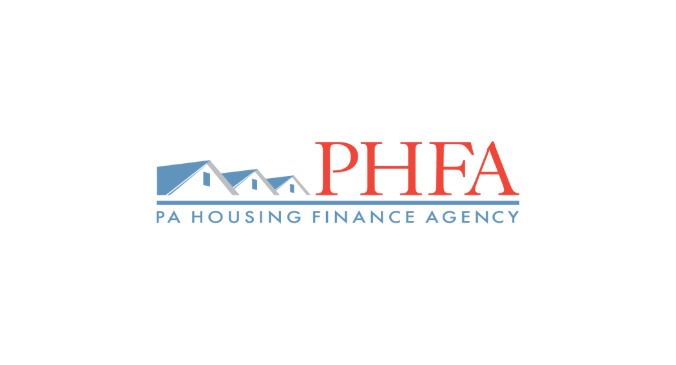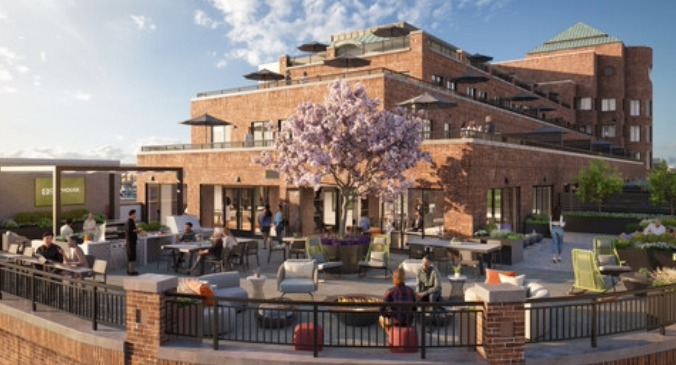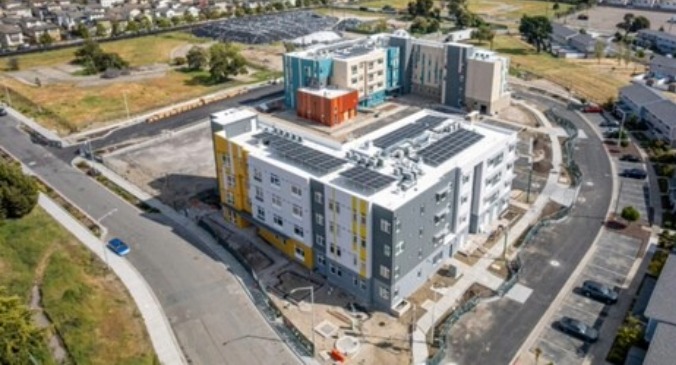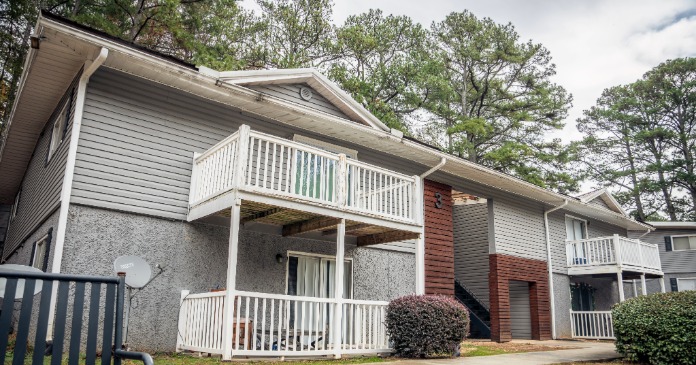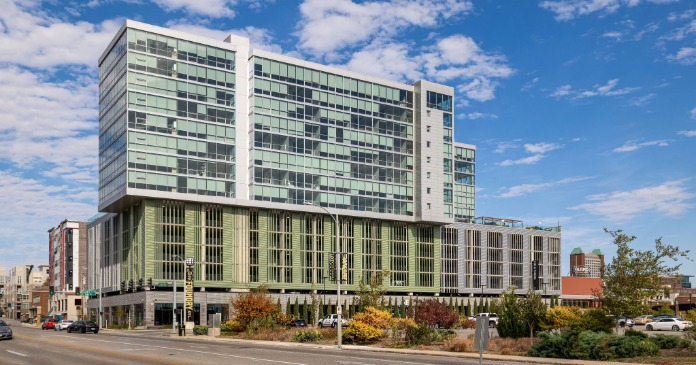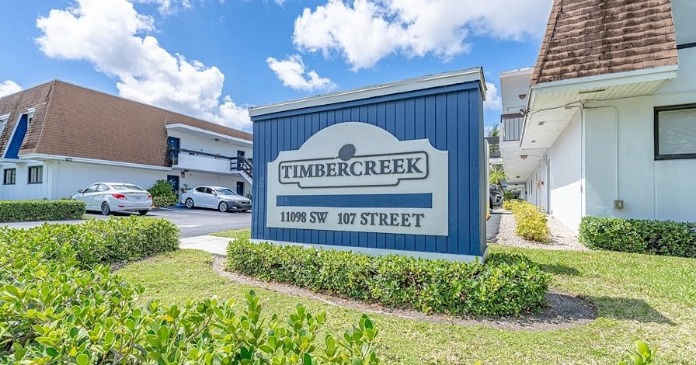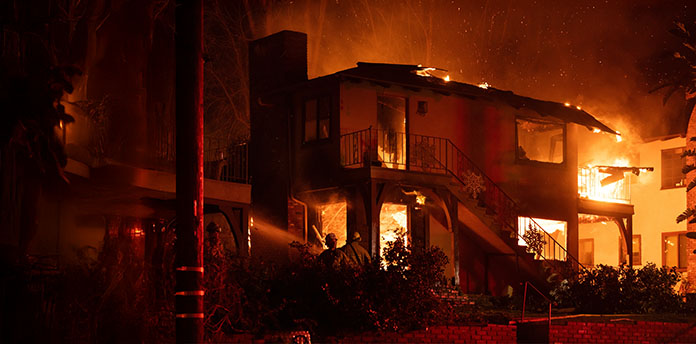
The firestorm that swept through Los Angeles in early 2025 left a scar across the city’s landscape—and its economy. For apartment developers and owners, the immediate devastation was only the beginning.
The real challenge, many soon realized, was navigating a rapidly shifting insurance market, where premiums were soaring, policies were being dropped, and the future of affordable housing hung in the balance.
The night the Palisades burned
It started with a spark in the hills above Pacific Palisades. Within hours, the flames, fanned by fierce Santa Ana winds, raced through canyons and neighborhoods, consuming homes, businesses and apartment communities. The Eaton and Hughes fires followed close behind, forming a trifecta of destruction that would go down in history as the most economically damaging disaster in California’s wildfire saga.
By sunrise, thousands of buildings lay in ruins. Among them were dozens of multifamily apartments, some newly built, others decades old. For the residents, it was a nightmare. For the owners, it was a financial catastrophe—one that would only deepen as insurance bills began to arrive.
Even before the fires, the California insurance market was teetering on the edge. Years of catastrophic wildfires had driven many major insurers—State Farm, Nationwide, Farmers, Allstate, USAA and The Hartford—to stop writing new policies in high-risk areas or to limit coverage. The state’s insurer of last resort, the California FAIR Plan, saw its exposure balloon by 61.3 percent in just one year, reaching $458 billion by September 2024.
For apartment developers, this meant insurance was not only harder to get but also more expensive. Deborah La Franchi, CEO of SDS Capital Group, which funds affordable housing across L.A., watched as insurance rates for her projects jumped 40 percent over 18 months. “If it goes up another 40 percent,” she said, “it will just not pencil anymore.”
In the days and weeks after the fires, insurance claims poured in. State Farm alone expected to pay $7 billion in claims from the L.A. fires, and by May, it had already paid out more than $3.5 billion to wildfire victims.
Apartment owners faced similar delays. With thousands of claims filed, insurers were overwhelmed. The FAIR Plan, designed as a safety net, was quickly stretched to its limits. In Pacific Palisades alone, the FAIR Plan covered $242 million in commercial properties in 2024—a 2,770 percent increase over four years as traditional insurers pulled out. More than 3,600 FAIR Plan policyholders in Altadena, Pacific Palisades, and other parts of Greater Los Angeles had submitted claims by the end of January.
Rising costs. Shrinking coverage.
The fires accelerated trends that had been building for years. Inflation and rising repair costs meant that rebuilding was more expensive than ever—up more than 30 percent since 2020. Insurance companies, facing record payouts, turned to reinsurance to manage their risk. But reinsurers, wary of California’s wildfire threat, raised their rates and set higher thresholds for when they would start paying claims.
New regulations, enacted in January 2025, allowed insurers to factor in expected future costs of natural catastrophes and the cost of reinsurance when pricing commercial property policies. The Department of Insurance began expediting rate increase requests, which in the past had taken years to approve. Moody’s predicted that property rates would rise again as a result of the fires.
For apartment owners, this meant double-digit—and in some cases, triple-digit—premium increases.
The surge in insurance costs threatened to derail Los Angeles’ already fragile housing market. Developers, already grappling with high construction costs, rising interest rates, and new taxes like Measure ULA (the “mansion tax,”) found themselves squeezed from all sides. The accessibility of insurance—often required for financing and permitting—was crucial to the city’s rebuilding efforts. Without it, projects stalled, and affordable housing goals slipped further out of reach.
“Hopefully the state gets rid of the insurance caps that have driven private insurers out of our state,” La Franchi said. “We need as much insurance competition as possible, not as little.” But with major insurers retreating from high-risk areas, competition was scarce. As a result, more property owners were forced to turn to the FAIR Plan, which, in turn, was at risk of insolvency.
The state’s FAIR Plan was already stretched thin. As of September 2024, its total exposure was $458 billion, a 61.3 percent increase from the previous year. If its ultimate claims exceeded $2.3 billion—a near certainty given the scale of the fires—all property insurers remaining in the state would be surcharged, and those costs will eventually make it to policyholders.
A new reality for apartment owners
For apartment owners, the new reality was one of uncertainty and escalating costs. Insurance companies were not only raising premiums but also tightening coverage terms and, in some cases, refusing to insure properties in high-risk zones altogether.
Insurers were also becoming more sophisticated in how they assessed wildfire risk. Factors like the property’s location, proximity to forests or heavy vegetation, local firefighting infrastructure, the age of the building, and its construction materials all played a role in determining premiums. Older buildings or those made with materials more susceptible to fire faced even higher costs.
The wildfires’ impact extended far beyond the insurance market. Rebuilding would require a massive investment in construction, generating jobs and spurring economic activity. “Given that the stocks of capital, both private and public, are below their previous, levels, businesses and the public sector have strong incentives to restore these levels,” said Ohio University Economics Professor Roberto Duncan. “With regular access to credit, businesses will invest more because it becomes more profitable to do so. Similarly, the public sector has incentives to stimulate reconstruction, ensuring that damaged public infrastructure becomes operational again. This, in turn, spurs economic activity and creates private-sector jobs, leading to increased tax revenues.”
But the benefits of a construction boom are offset by the strain on affordability. Rising insurance costs, combined with high interest rates and construction expenses, make it harder for developers to build new apartments and for renters to find affordable homes.
The American Property Casualty Insurance Association noted that the cost of homeowners insurance had increased by 22.4 percent in the past five years, while costs for construction materials and labor had skyrocketed 37.4 percent over the same period.
“Costs have also been increasing because most new homes are being built in areas with a higher risk of loss due to natural catastrophes,” said American Property Casualty Insurance Assn. president and CEO David A. Sampson. California alone had built more than 2 million residences in areas at high or extreme wildfire risk without fully implementing improvements to mitigate wildfires.
The long-term outlook: More than just a rate hike
The wildfires were a wake-up call for the insurance industry, regulators, and property owners, alike. Moody’s predicted that the fires would increase property insurance costs across California, with negative implications for property prices, consumer spending, and public sector credit quality. Preliminary estimates from Moody’s RMS put insured property losses at up to $30 billion, with uninsured losses billions more.
But the crisis also spurred calls for reform. The American Property Casualty Insurance Association urged Congress to pass laws that would address wildfire risks, such as the Fix Our Forests Act, which seeks to increase the pace and scale of forest management and better coordinate federal agencies to reduce wildfire damage. State regulators, meanwhile, implemented a “sustainable insurance strategy,” requiring insurers to increase coverage in high-risk areas in exchange for being able to incorporate the cost of reinsurance into rates and use predictive risk modeling to set rates.
Despite the grim outlook, there were signs that the market could adapt. The new regulatory environment allows insurers to use wildfire models in their rate filings, giving them more flexibility to price risk accurately.
The apartment owner’s dilemma
To understand the human impact of the insurance crisis, consider the story of Maria, a mid-sized apartment owner in the San Fernando Valley. Before the fires, Maria’s insurance premium was $20,000 per year. After the fires, her renewal notice arrived with a new price: $35,000—a 75 percent increase. Her broker explained that her building, though not directly damaged, was now considered at higher risk due to its proximity to a burn scar.
Maria tried to shop around, but other insurers either refused to quote or offered even higher rates. She was forced to accept the increase, but the added cost meant she had to raise rents—a move that upset her residents with some putting in their notice.
Meanwhile, her friend Jim, a developer working on a new affordable housing project in Eagle Rock, found himself in an even tougher spot. His lender required proof of insurance before releasing construction funds. But the only policy he could secure was through the FAIR Plan, at a premium so high it threatened the project’s financial viability.
“If this keeps up,” Jim said, “we’re not going to be able to build the housing this city desperately needs.”
The L.A. wildfires of 2025 were more than a natural disaster—they were a catalyst for a profound transformation of the city’s insurance and housing markets. For apartment owners and developers, the fires brought into sharp relief the challenges of operating in an era of poorly managed defensible space, rising costs, and shrinking insurance options.
The immediate impact was clear: higher premiums, tighter coverage, and a scramble to secure financing. The long-term consequences were even more daunting: a potential slowdown in new development, rising rents, and a growing affordability crisis.
The fires also presented an opportunity—for regulators, insurers, and property owners to come together and find solutions that would make Los Angeles more resilient in the face of future disasters. Whether they will seize that opportunity remains to be seen.
As the city begins to rebuild, one thing is certain: the lessons of the 2025 wildfires will shape the future of insurance, housing, and urban life in Los Angeles—and the rest of the country—for years to come.



